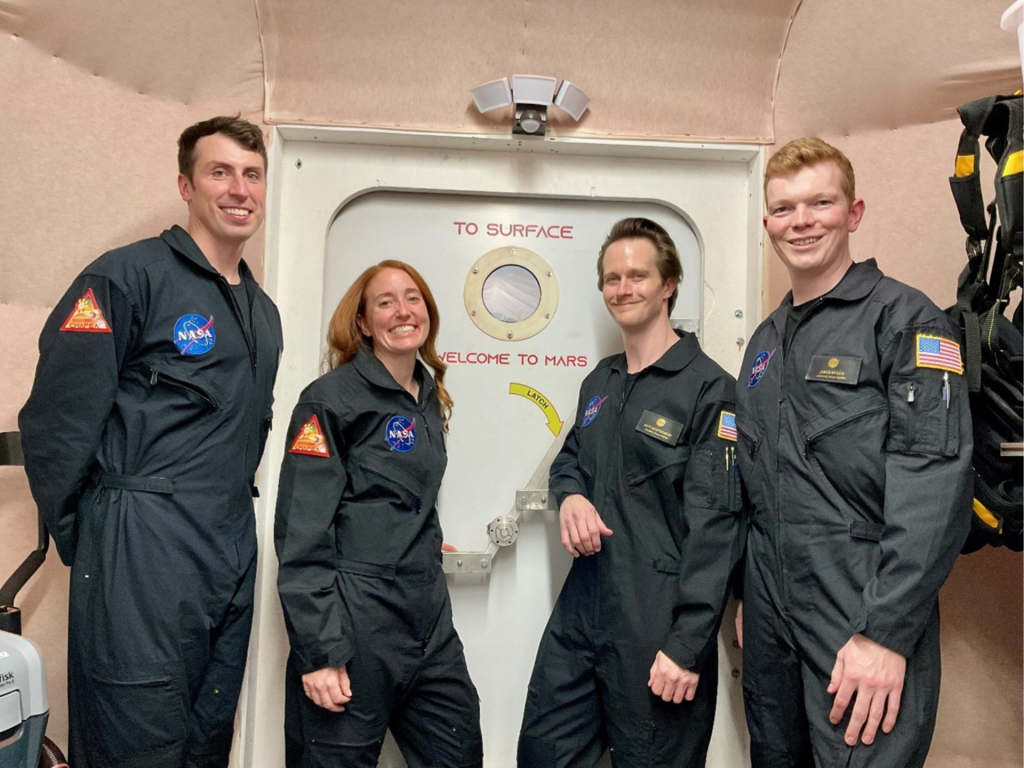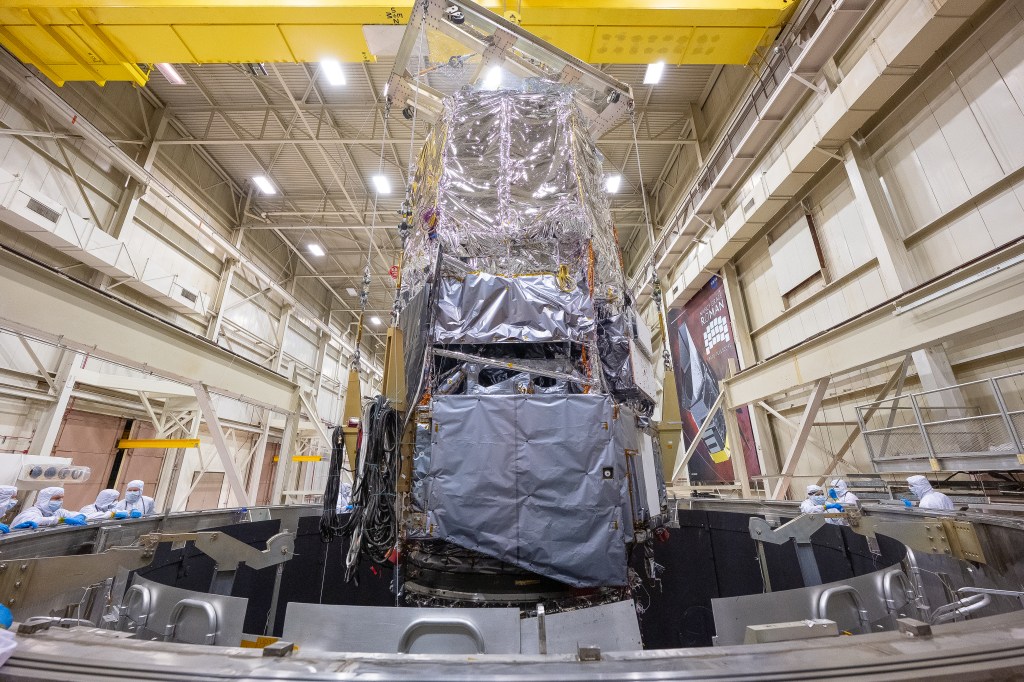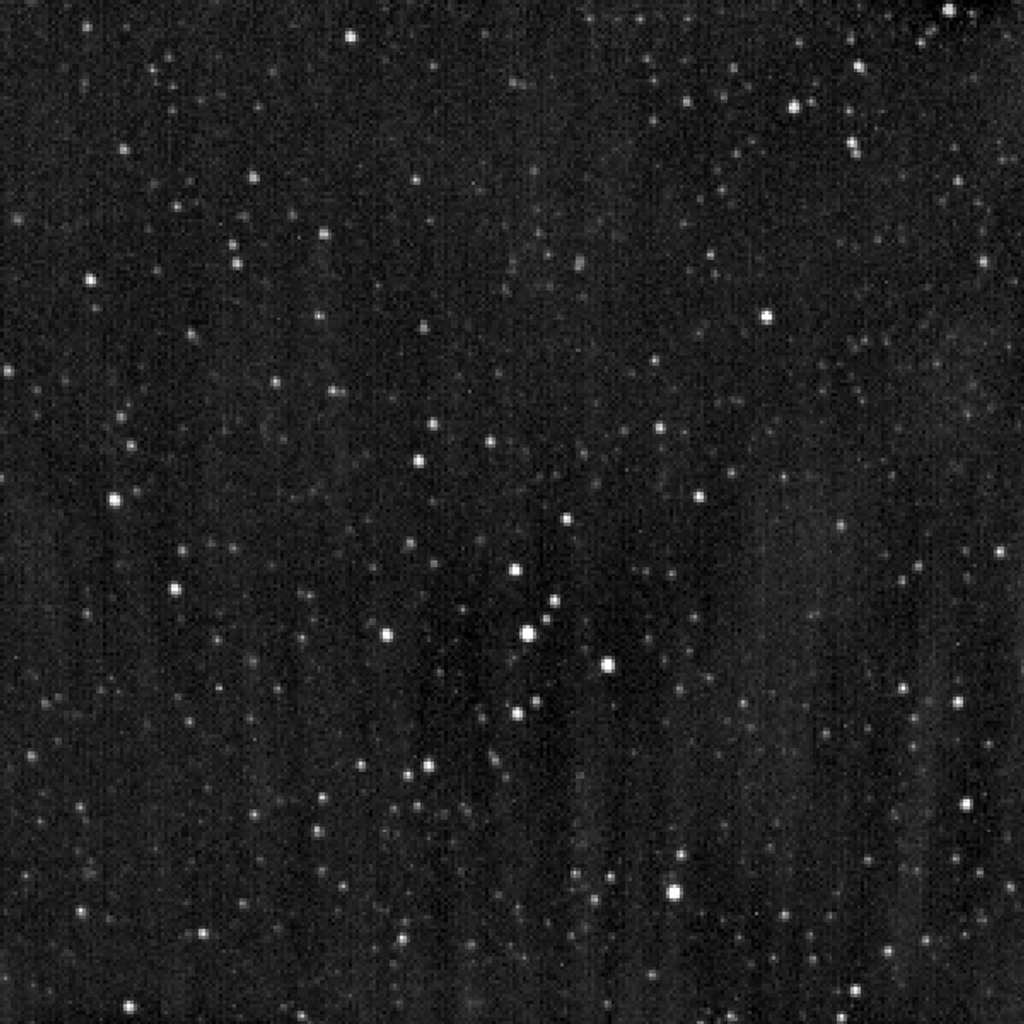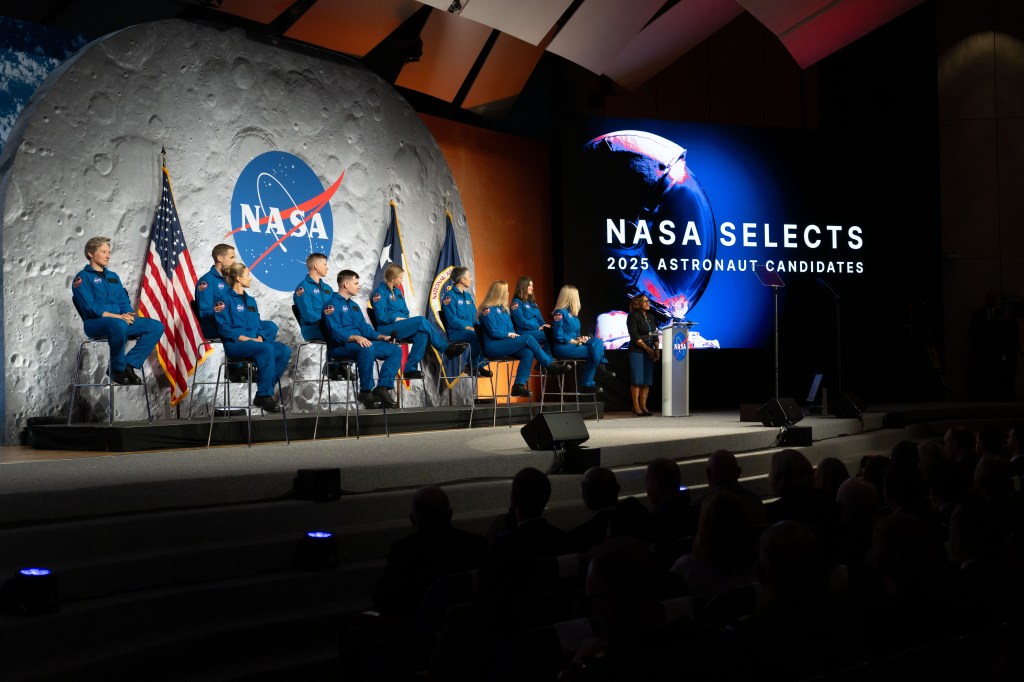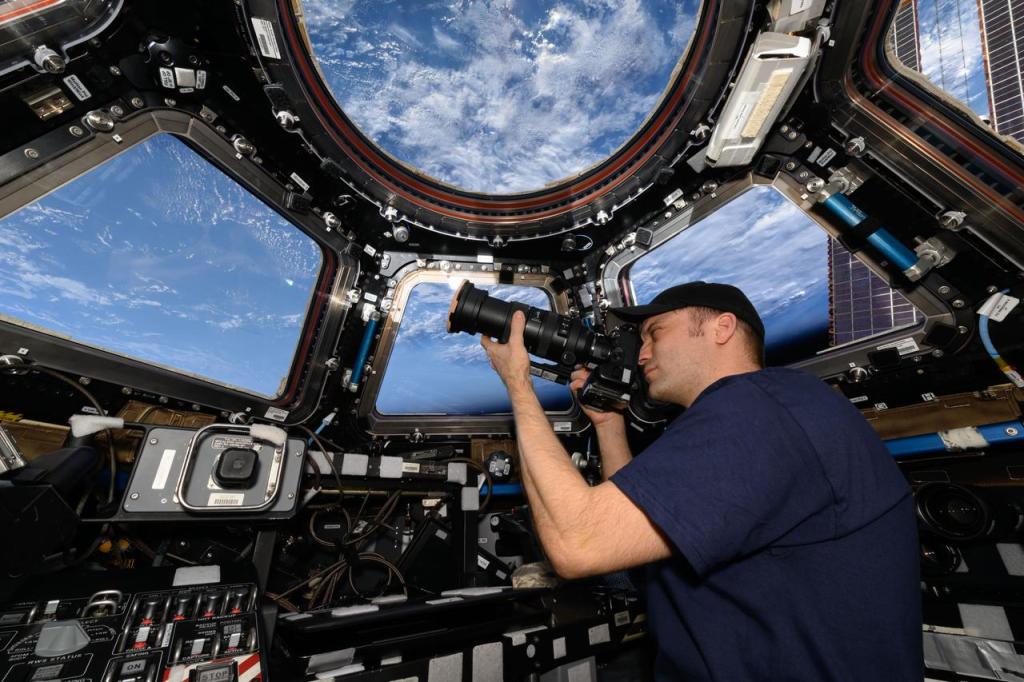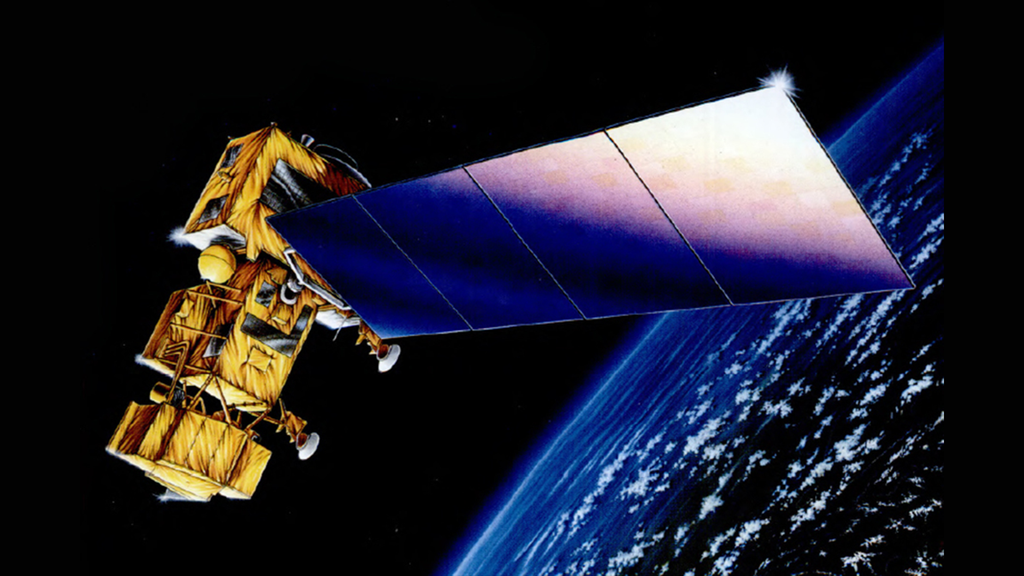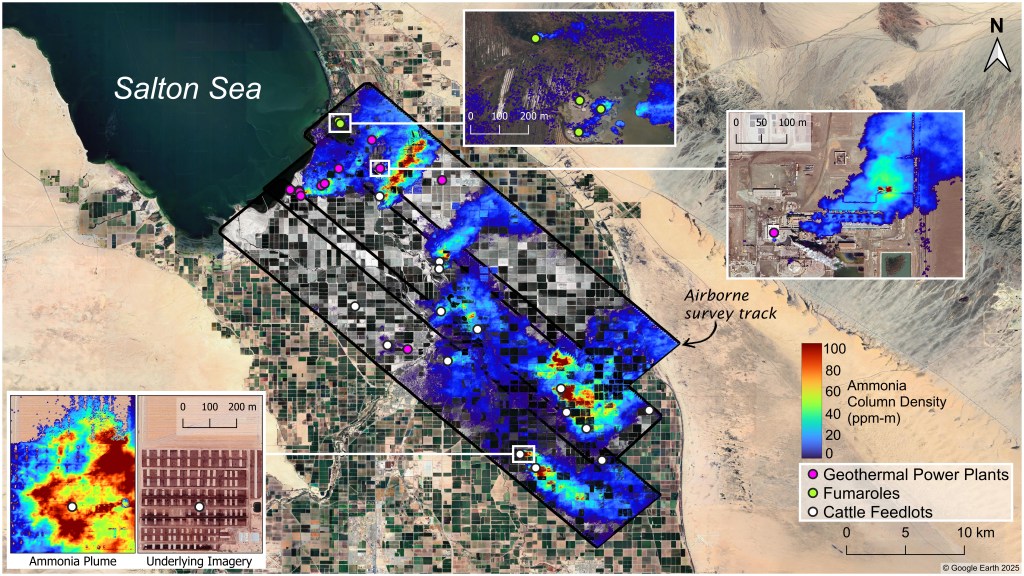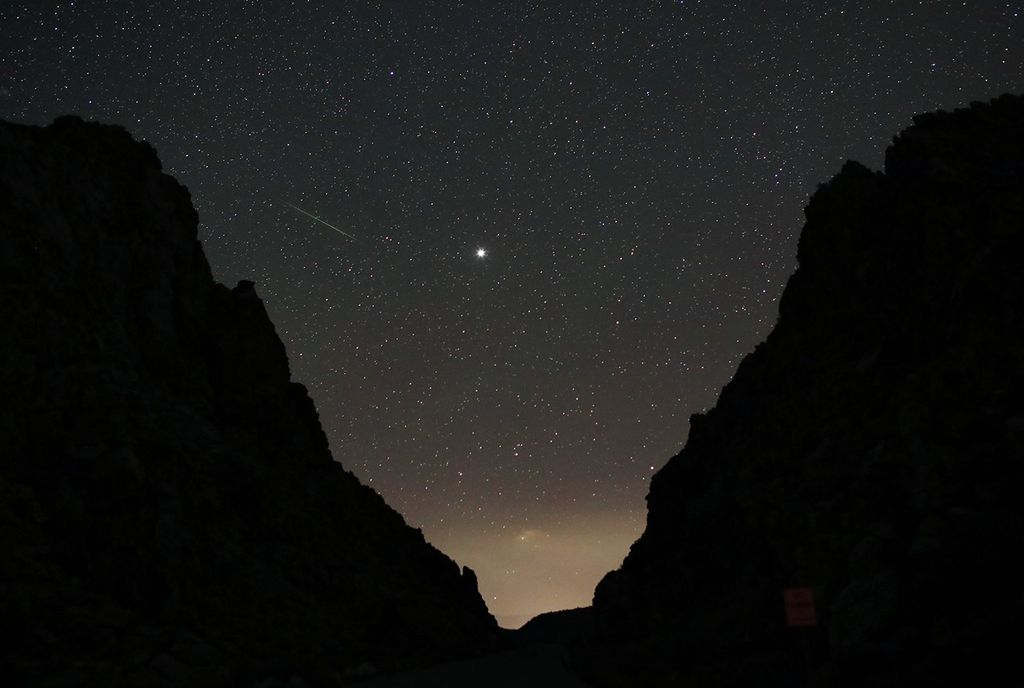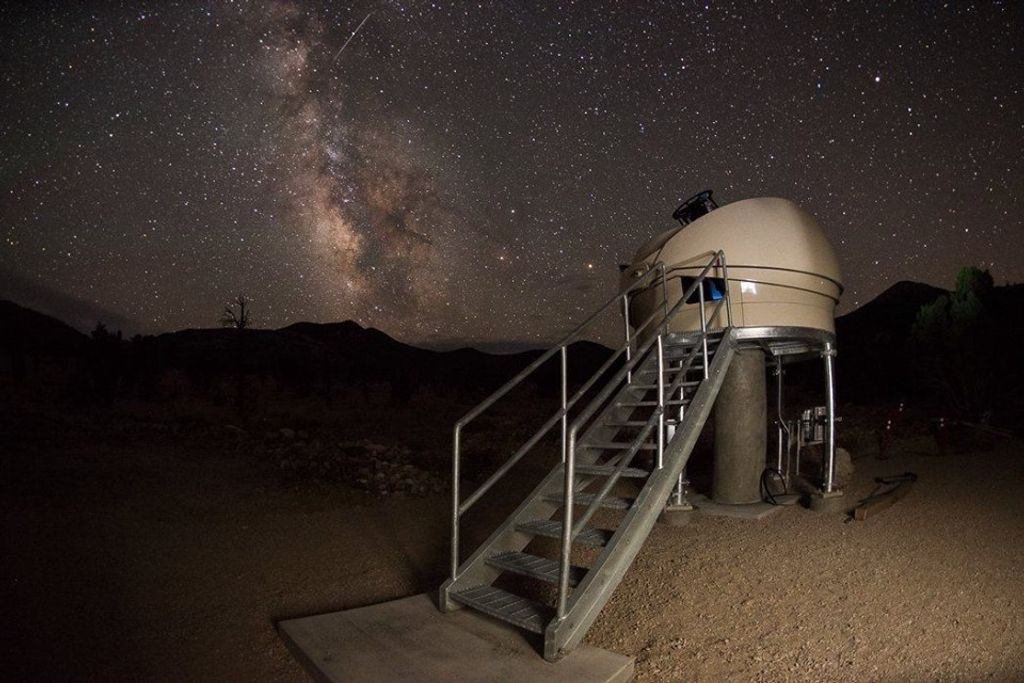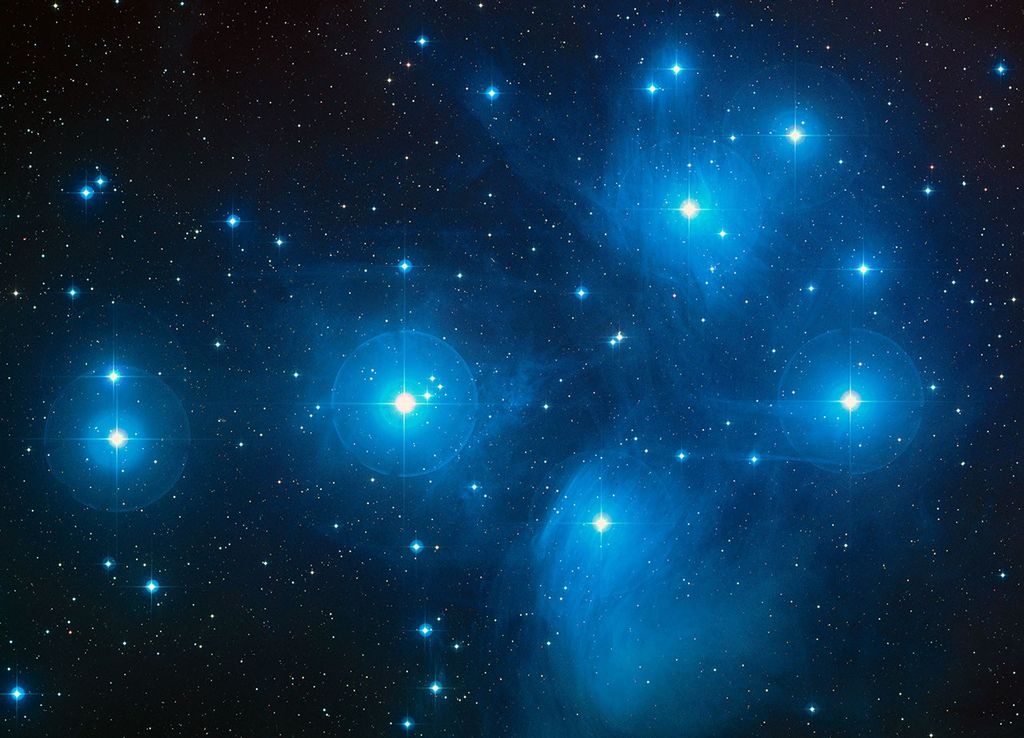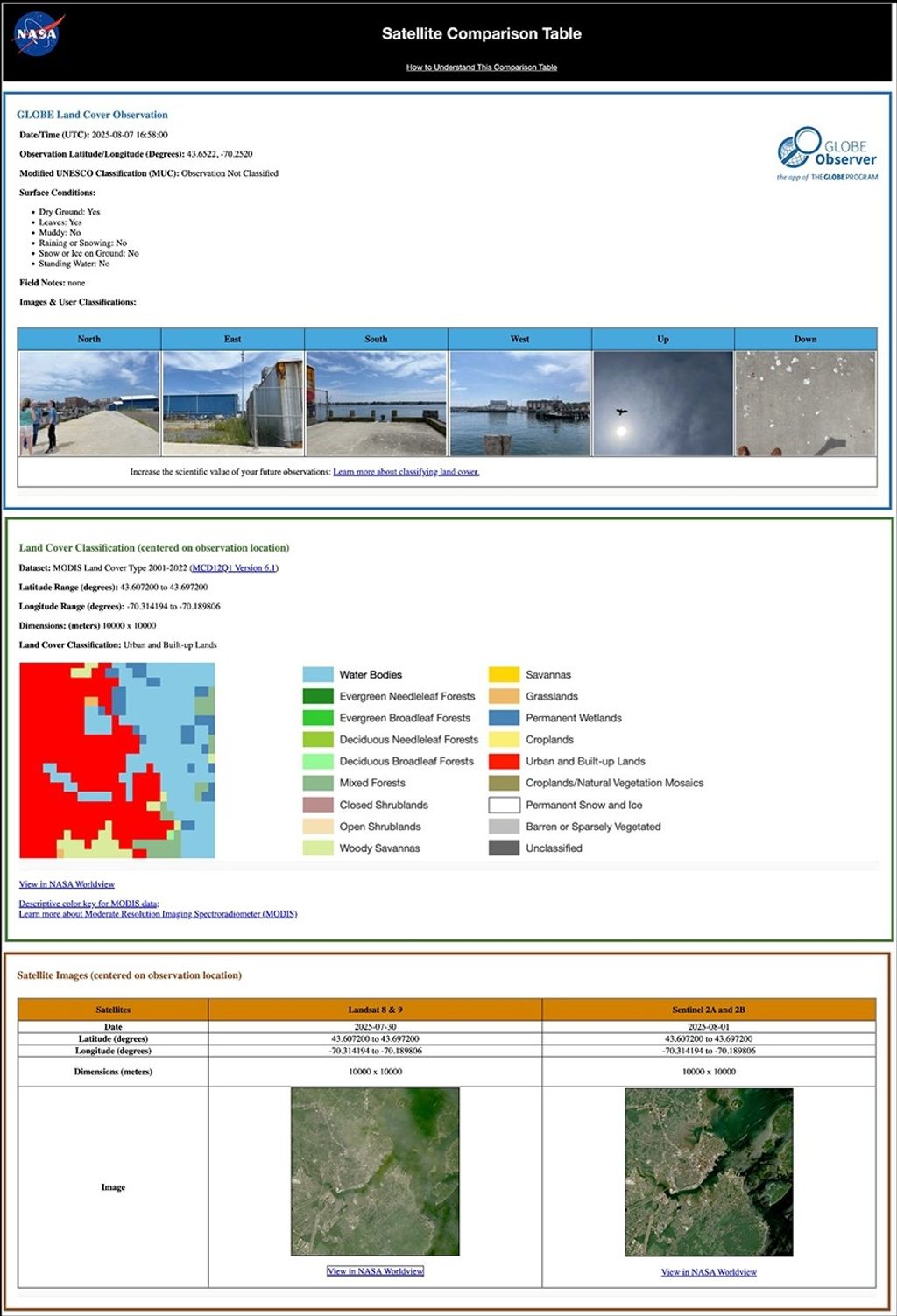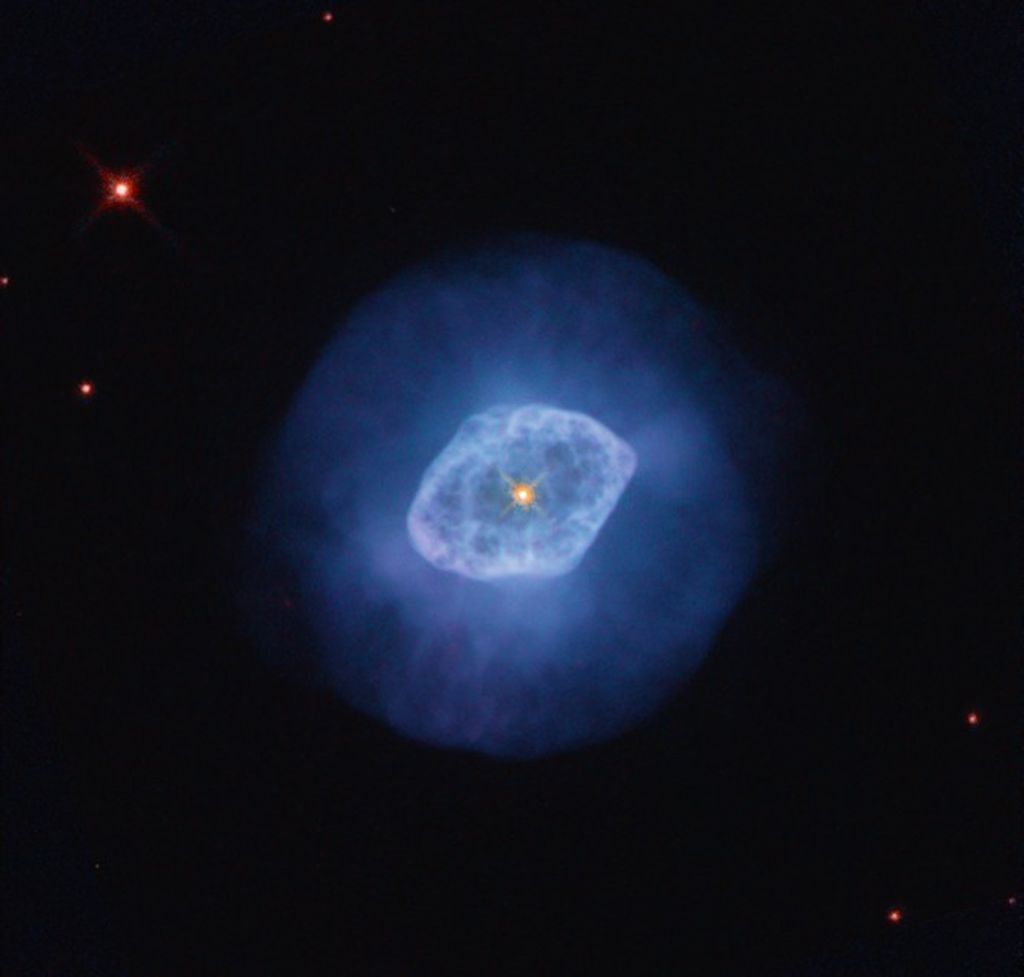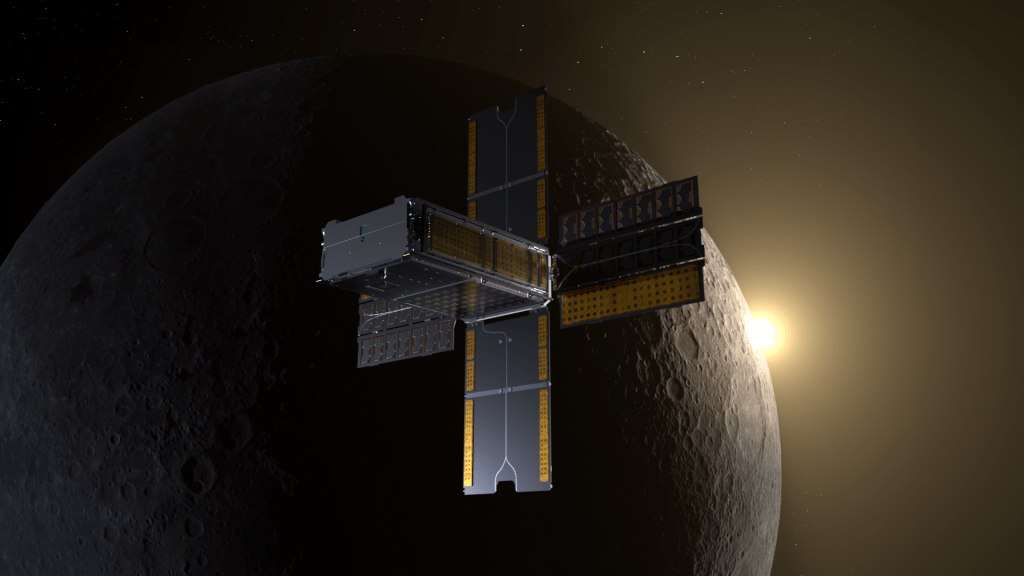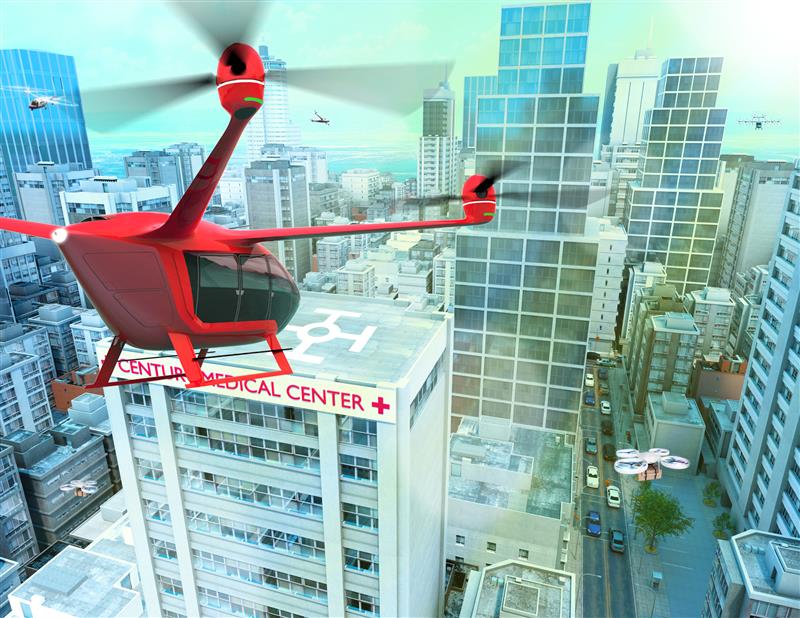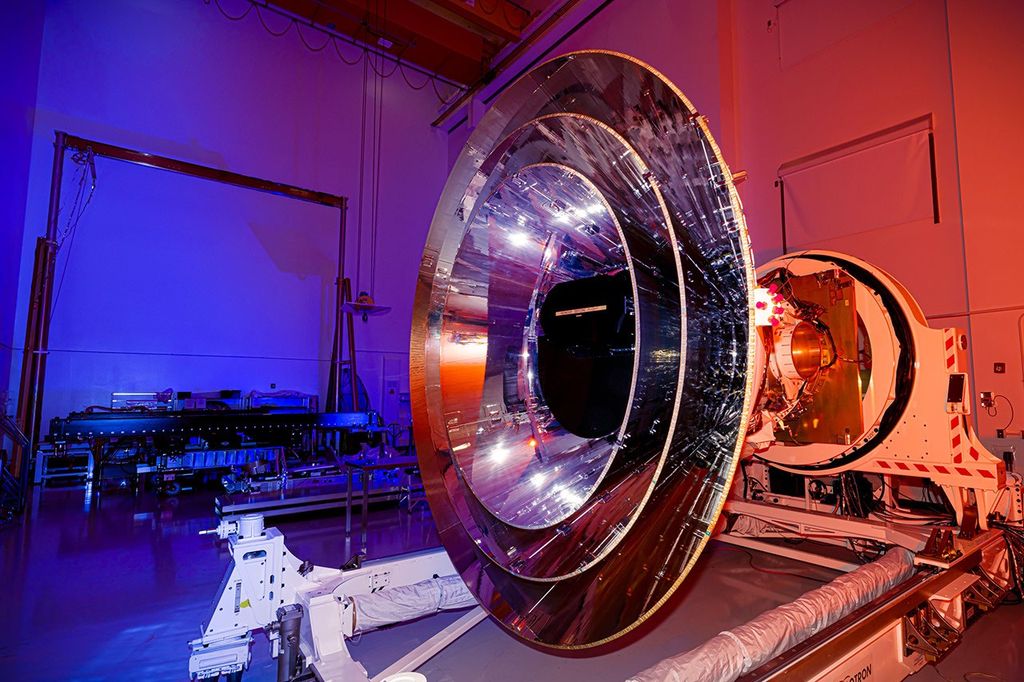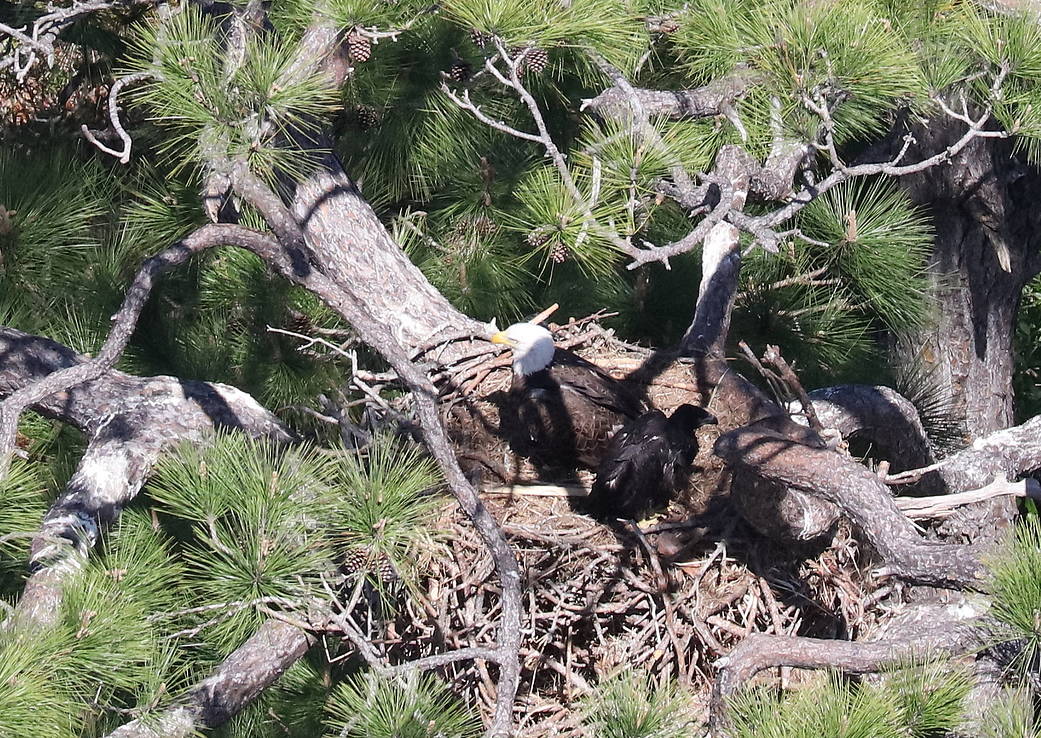By Jim Cawley
NASA’s Kennedy Space Center
During their final flight of the season, NASA’s Kennedy Space Center Wildlife Biologists Russell Lowers and Brenton Back, and Senior Geographic Information Systems Analyst Resa Cancro conducted an eagle nesting survey to locate and document the offspring of the most popular pair of eagles at the Florida spaceport.
The lone eagle chick with its black plumage was seen alongside one of its parents during the March 23 NASA-piloted helicopter survey, flown at a safe distance from the nest located near Kennedy Parkway. The recently built home was constructed within about 50 yards of its previous nest, which was damaged by storms. That nest was used by eagles almost every year for nearly five decades and was celebrated daily by Kennedy employees and visitors who pass by it on bus tours.
Significant interest has carried over to the new location, which is more visible to passers-by.
According to the most recent survey, Kennedy is home to approximately 20 nesting pairs of bald eagles. The eagles normally arrive in mid-August to build or repair their nests, and the first surveys to document the number of active nests start in mid-to-late December. After searching once a month to document the reproductive status, a seasonal wrap-up report is submitted in June.
Eagles incubate their eggs for about 35 days on average, then the youngsters fledge at eight to 14 weeks of age. The majestic birds are normally observed on center from September through March.
“We always hate for the season to end,” Cancro said. “All the chicks we saw on our last flight were large enough to assume they will successfully fledge. With this [new] nest, we are lucky to be able to continue to monitor as we drive by.”
Click here to read a feature highlighting eagles at Kennedy.
Photo credit: NASA/Russell Lowers


